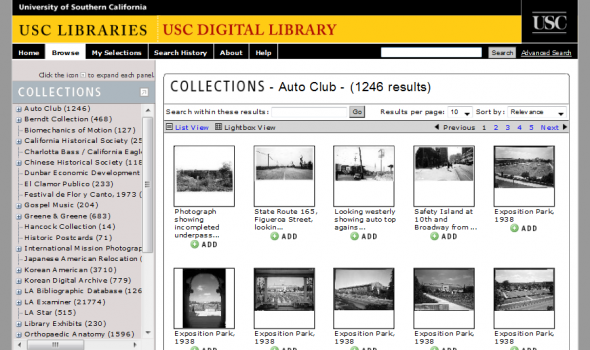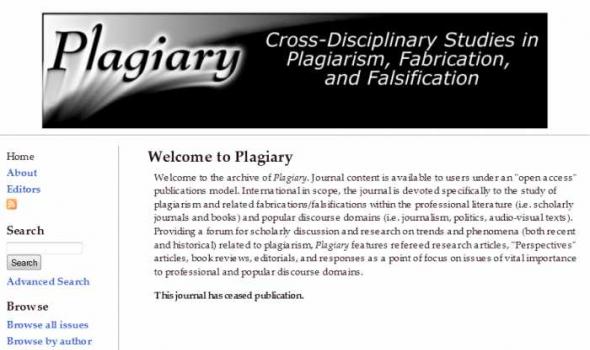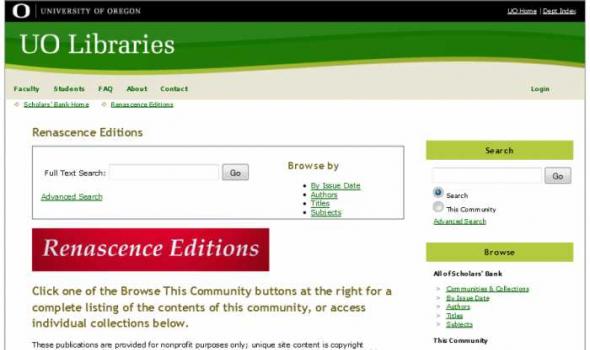Category: Sports & Recreation
Results
Questions? The Historical Gameday Program Covers Collection consists of about 150 program covers and corresponding metadata, covering the years 1908 to 1967 and including both home and away games. Covers can be browsed by place or date, using the Locations and Timeline tabs. Full programs can be browsed by request via a visit to the University of Idaho Library Special Collections & Archives department. The visual and creative skills that informed the creation of these covers demonstrate both the artistic and historical styles of their time periods. If you are interested in ordering a high resolution copy of one of these images, please contact Special Collections at libspec@uidaho.edu .
Gone Fishin’ Torontonians have a long and happy tradition of heading north to cottage country during the long, hot days of summer. In the 1860s the Muskoka Club was established by a group of Toronto adventurers who led annual expeditions to the Muskoka wilderness. By the 1870s several of the members had purchased land on Lake Joseph, and the tradition of summer cottaging was born. In 1898 a group of professors and alumni from the University of Toronto joined together to purchase recreational property in Go Home Bay, on Georgian Bay, held as shares in the Madawaska Club. Many of the cottagers in Go Home are descendants of those first Madawaska Club members.
The National Game Long before hockey was played in Canada, the First Peoples of Canada played lacrosse. For them, lacrosse was both a religious ritual and a significant community activity. It prepared young men for war and, in some cases, a game of lacrosse between two tribes could resolve disputes or strengthen alliances. September 6, 1879, page 153 In the 19th century, lacrosse was adopted by the Europeans in Canada. It became an organized sport, where rules were established and clubs formed to embrace the game. Its popularity extended to communities in British Columbia, Alberta, Manitoba, Quebec and Ontario. >> Click on the numbers below to view 6 pages describing the rules of lacrosse.
Writing Blanks, Board Games and other Educational Games of the 18th and 19th centuries from the John Johnson and Harding Collections Since the acquisition of the Opie Collection, the Bodleian has become a centre for studies in juvenilia; this has led to increased interest in the games in the John Johnson Collection, with concomitant preservation and handling problems. Many of these games are housed in drawers, others in large folders. Because of their size they are vulnerable. They are also rare. The aim of the project was to digitise a large proportion of this material, and to make it available to the international research community both through the John Johnson Collection online catalogue and through the ODL website.
Alan Dawson February 2007 The Scottish Mountaineering Club (SMC) was formed in March 1889, with the aim to: "encourage mountaineering in Scotland in winter as well as summer; to serve as a bond of union amongst all lovers of mountain climbing; to create facilities for exploring the less known parts of the country; to collect various kinds of information, especially as regards routes, distances, means of access, time occupied in ascents, character of rocks, extent of snow in winter, etc., and in general to promote everything that will conduce to the convenience of those who take a pleasure in mountains and mountain scenery." The printed journal Soon after its formation, the Club began publishing the Scottish Mountaineering Club Journal, following the successful model of the Alpine Journa
About this Project The purpose of this project is to use the archives of the University: documents, photographs, physical objects, and audiovisual materials - to tell the story of athletics at the University of Oregon. More than just statistics of accomplishments, this is the story of people and events that changed athletics at the University of Oregon over the past 110 years. It is also the story of athletics in higher education: the relationship and the issues involved between athletics and education over time. The project includes a collection of topics, a gallery of documents and images, and a timeline of events in the history of sports at the University of Oregon. All three areas can be expanded over time as resources permit.
About As a journal community, we offer the following working definitions to further delineate the scope of our medium: Our mission will be advanced by four primary drivers. 1. Phenomenology JSAS will shift research focus in the academic field of sport management toward a more precise study of distinct phenomena, ideas, and events. In his pioneering work regarding phenomenology in the field of philosophy, Edmund Husserl (1859-1938) attempted to shift the focus of philosophy away from large-scale theorization toward a more precise study of discrete phenomena, ideas, and events.
Golf in Scotland: A swing through time
The origins of golf are a matter of mystery and controversy.
Shown here are some of the earliest sources for the history of golf in Scotland. They shed light on the birth of the game, its language, techniques and equipment.
Social side of golf
They also tell us much about the social standing of golf as it developed from an outlawed activity to the world's most internationally important game.
World's first golf club
Documents and texts from the National Library of Scotland's collections and other sources give an insight into the early days of the game.
- Biomechanics of Motion Collection Description The purpose of this Biomechanics of Movement collection is to create a structure and a web based user interface for researchers and students to access and utilize video clips of human movements. This interactive digital archive resource provides a mechanism for bringing together engineers, animators, computer scientists, and kinesiologists to collectively solve meaningful real world problems fundamental to functional movement. This digital collection of movement video clips is created by members of the USC Biomechanics Research Laboratory in collaboration with USC Libraries. CITE AS: Creator. Title. Date. From the Biomechanics of Motion Digital Archive. Digitally reproduced by the University of Southern California Digital Archive.
The University of Chicago Library's Century of Progress 1933-34 World's Fair Collection, most of which is housed in the Special Collections Research Center, contains the majority of materials that were published for the fair. Three hundred and fifty pamphlets from the collection have been digitized. Also available is a searchable database of the complete Checklist of Official Publications of the Century of Progress International Exposition and Its Exhibitors that was produced by staff of the John Crerar Library shortly after the close of the fair.





























